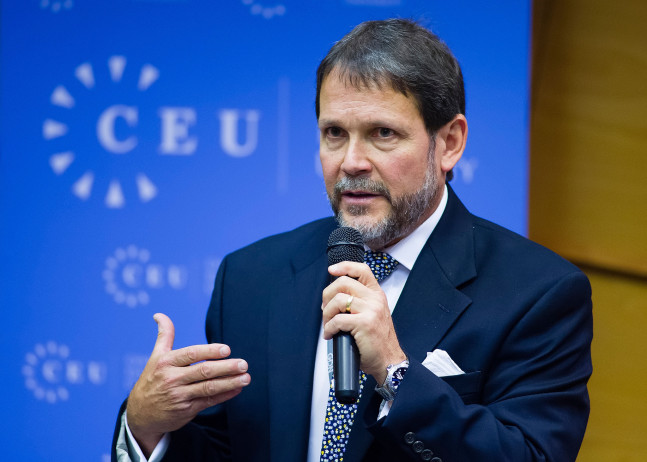
Twenty-three pilot cities will receive funding of US$150 million from the Global Environment Facility (GEF) and up to US$1.5 billion from additional sources as part of a new programme launched to relieve environmental pressures on cities.
The five-year project is a partnership between the GEF, the World Bank, different levels of government and development banks, including the Inter-American Development Bank’s Emerging and Sustainable Cities Initiative (ESCI). The Latin American pilot cities will be undertaken in Mexico, Peru, Brazil and Paraguay.

“This is the first time that the GEF is financing projects in integrated planning at the urban level,” Ellis Juan, General Coordinator, ESCI, told Development Finance. “In previous financing rounds, the GEF used to concentrate in global environmental issues. This Integrated Approach is the reflection of an increasingly urban world, where urban environmental problems gain prominence in the GEF Agenda.”
In Mexico, the project will support three medium sized cities–Campeche, La Paz, and Xalapa–that have already developed sustainability action plans based on an analysis data from 117 different indicators and further analytics carried out as part of the ESCI. In addition to a US$15 million grant from the GEF the Mexican project is expected to generate additional financing from other partners.
“This initiative represents a positive step for the GEF since it allows for a more Integrated Approach for interventions that goes beyond what traditional multilateral environmental agencies have been doing,” said Carlos Delgado, GEF Council member representing Mexico, Costa Rica, El Salvador, Guatemala, Honduras, Nicaragua, Panama and Venezuela. “It is backed up by a strong analysis of the situation of cities [provided by ESCI] and I am confident that it will contribute to a better life for people living in these cities.”
The first step of the project is the pre-investment or project preparation. The projects to be financed under this Integrated Approach have already been diagnosed, prioritised and identified in each city’s Action Plan.
“The GEF-financed intervention will be used to structure those projects,” said Juan. “[It will] take them from the conceptual stage to the ‘shovel-ready’ stage, by way of financing the engineering and technical designs, the economic feasibility, and the environmental impact assessments.”
With over half of Mexico’s population residing in medium-sized cities like the three targeted by the GEF programme, the GEF and ESCI hope that the lessons drawn from planning and investment activities supported by the programme will have good potential for replication across the country as a whole.
“Hopefully, after the pilots, impact data will be positive and this will help mobilise the additional funding that is needed for other projects and for project completion in each country,” added Juan. “The interventions to be financed in each country are expected to catalyse other projects in those areas, further aiding in the goal of achieving urban sustainability.”
———-
To read an in-depth article about ESCI’s actions in Campeche, subscribe to our sister publication Cities Today for the upcoming July edition.

